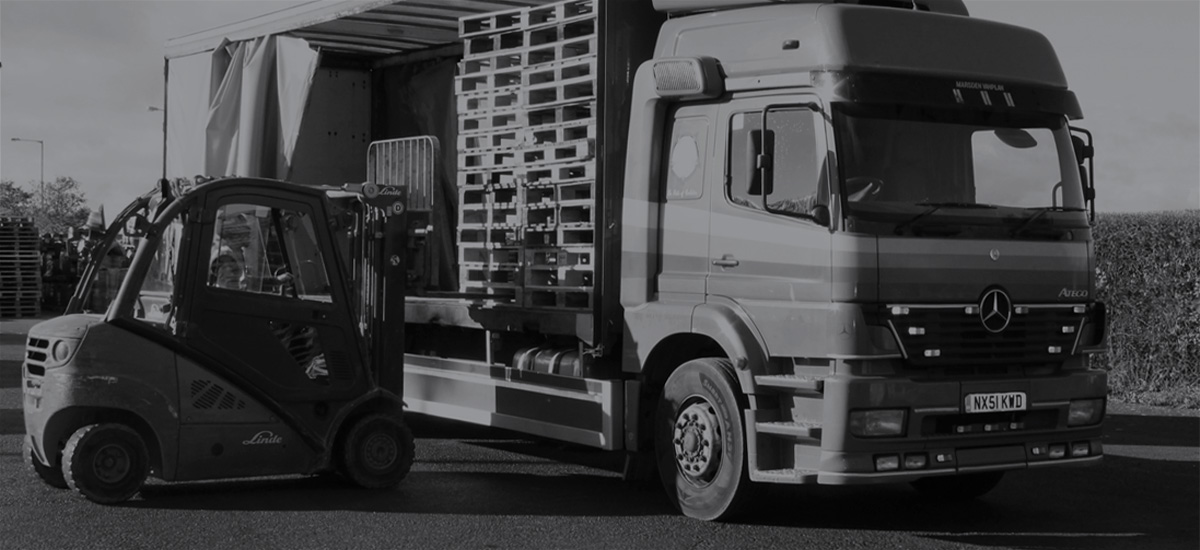Confused about the different waste definitions? Has a waste item been recycled or reused? Below is a selection of definitions from the revised Waste Framework Directive for 2012 to help clarify some of the words that keep reappearing in the news and the packaging world.
What is waste?
Waste means any substance or object which the holder discards or intends or is required to discard.
Hazardous waste means waste which displays one or more of the hazardous properties listed in Annex III of the Waste Framework Directive.
Waste oils means any mineral or synthetic lubrication or industrial oils which have become unfit for the use for which they were originally intended, such as used combustion engine oils and gearbox oils, lubricating oils, oils for turbines and hydraulic oils.
Bio-waste means biodegradable garden and park waste, food and kitchen waste from households, restaurants, caterers and retail premises and comparable waste from food processing plants.
Who handles waste?
Waste producer means anyone whose activities produce waste (original waste producer) or anyone who carries out pre-processing, mixing or other operations resulting in a change in the nature or composition of this waste.
Waste holder means the waste producer or the natural or legal person who is in possession of the waste.
Waste management means the collection, transport, recovery and disposal of waste, including the supervision of such operations and the after-care of disposal sites, and including actions taken as a dealer or broker.
The Waste Hierarchy
The following definitions explain the processes of the waste hierarchy, which should be applied as a priority order in waste prevention and management legislation and policy.
Prevention means measures taken before a substance, material or product that has become waste, that reduce:
(a) the quantity of waste, including through the re-use of products or the extension of the life span of products, (b) the adverse impacts of the generated waste on the environment and human health, or (c) the content of harmful substances in materials and products.
Preparing for re-use means checking, cleaning or repairing recovery operations, by which products or components of products that have become waste are prepared so that they can be re-used without any other pre-processing.
Re-use means any operation by which products or components that are not waste are used again for the same purpose for which they were conceived.
Recycling means any recovery operation by which waste materials are reprocessed into products, materials or substances whether for the original or other purposes. It includes the reprocessing of organic material but does not include energy recovery and the reprocessing into materials that are to be used as fuels or for back-filling operations.
Treatment means recovery or disposal operations, including preparation prior to recovery or disposal.
Recovery means any operation the principal result of which is waste serving a useful purpose by replacing other materials which would otherwise have been used to fulfill a particular function, or waste being prepared to fulfill that function, in the plant or in the wider economy. Annex II sets out a non-exhaustive list of recovery operations.
Disposal means any operation which is not recovery even where the operation has as a secondary consequence the reclamation of substances or energy. Annex I sets out a non-exhaustive list of disposal operations.
For a presentation demonstrating how to apply wood to the waste hierarchy please visit this link.
Hopefully the definitions above help to make understanding the waste framework directive and waste hierarchy a little bit easier. If you would like to discuss any section of the waste framework directive or waste hierarchy further please contact one of our team who will be happy to help.







